Most Russians, honestly working for many years, retire and expect a well-deserved rest. Older people are more likely not worried about years lived or about what to occupy themselves with in the now free time, but about the pension they have laid down.
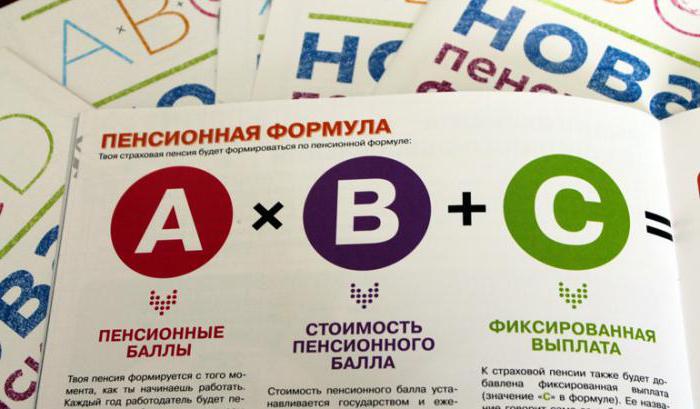
Given the long difficult economic situation in modern Russia, a constant increase in the cost of the most needed goods, medicines and utility bills, the pension offered by the state is often scanty. Therefore, people begin to think about ways to improve their financial condition long before they reach retirement age.
It should be noted that the state also seeks to periodically increase the pension benefits for residents of the country, both directly by increasing the amount of money and improving the methods for calculating them.
Pension changes in recent years
Recently, the state has quite radically changed the structure of the allocation of pension benefits. From this time, the pension begins to be correlated with an individual pension coefficient. But many Russians, despite the mass of information, do not understand the new pension calculation formulas and many terms. For example, what is an individual retirement rate?
Basic concepts introduced by the Russian Pension Fund
Until recently, the volume of various payments to a pensioner did not bother Russians, because monetary compensation has been stable for a number of years. The amount of payments was directly dependent on the salary, the amount of insurance payment, length of service, as well as the age of the pensioner. These indicators are personal for each pensioner, based on this, the amount of pension benefits also varied greatly.
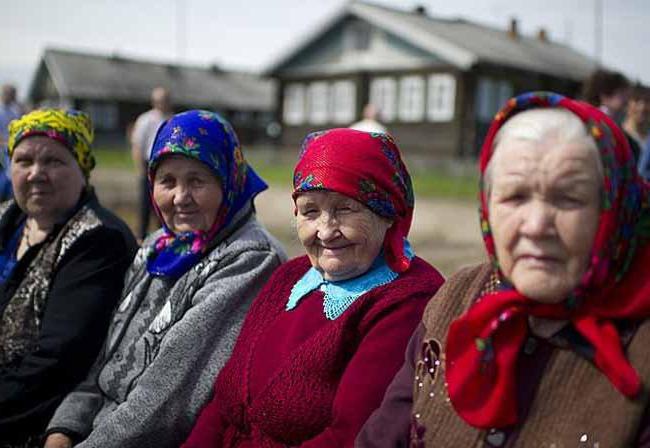
But then the methodology for determining the amount of retirement benefits once again underwent changes. In this newly formed pension accrual procedure, another important factor emerged - the individual pension coefficient (IPC). What is it, how does it affect the amount of the compensation payment, how is it calculated?
As a result, the value of the IPC has become the leading regulatory concept for the allocation of financial benefits to pensioners. The term instantly appeared in all materials from PF. It was then that the country's population became interested in what an individual retirement rate is.
Methodology for calculating an individual pension coefficient
How is IPC calculated? What is an individual retirement rate? How many coefficient points are needed for the minimum pension? An individual pension coefficient (IPC) is the total number of units recruited by individual workers during the period of their labor activity officially registered in the documents. Any Russian can calculate these points independently. It is only necessary to use the integral calculation formula, which was deliberately proposed under the average Russian.

The calculation of the individual pension coefficient is made for each last calendar year, starting from 2015. The formula is as follows: IPC for the year = (amount of insurance premiums for the year / standard amount of insurance premiums for the year) * 10.
To calculate the same indicator for a period of time, you should use a simple addition: IPK for the period of labor activity = IPK1 + IPK2 + IPK3 + ... IPK in the year of retirement + IPK additional, where IPK1,IPK2 and further - IPK for years of labor activity (for each year separately); Additional PKI - the amount of additional charges in unearned periods (maternity leave, child care, military service, and so on), in other words, the sum of the increase factors.
Requirements for calculating retirement benefits
The system of calculating the number of points on an automatic basis forces Russians to take into account several features of their work:
- the presence of experience (from fifteen years or more);
- salary allowing regular deductions to the fund.
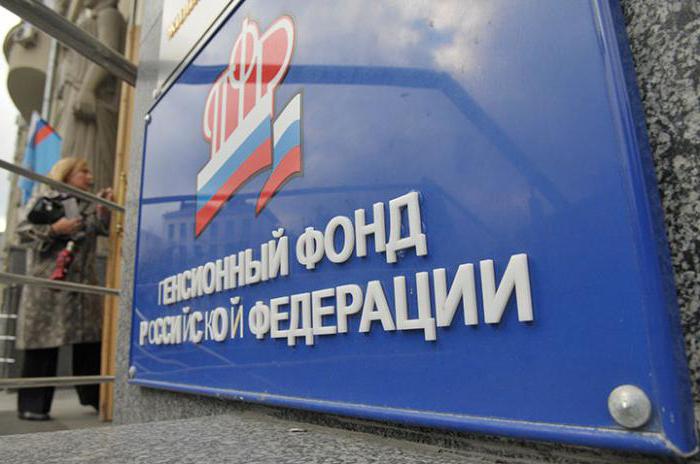
The volume of such funds is slightly larger than the minimum amount determined by the state. At the same time, accumulated finances are automatically converted into points. In this way, errors and conscious errors can be avoided.
Individual pension coefficient score
Once a year, the state changes the value of the personal pension coefficient (the price of one pension point). The financial weight of one point strictly depends on the average annual increase in the value of the most significant goods in the country and growing inflation. An increase in the individual pension coefficient (more precisely, the value of the point) is planned annually. So, this year the price of one point reaches 78.58 rubles.
Pension calculation sequence
Pension and the size of the individual pension coefficient are directly dependent. Retirement insurance benefit is calculated as the product of the number of PKI and the value of the retirement point.
Prospects for pension accruals
The state’s intentions to increase the retirement age have been obvious for many years. “We need to add a few more years to retirement,” they constantly say in recent years in the news. And in some ways the movement is really noticeable. At the beginning of 2017, a law appeared that increased the retirement age. True, to date, he has only affected officials.
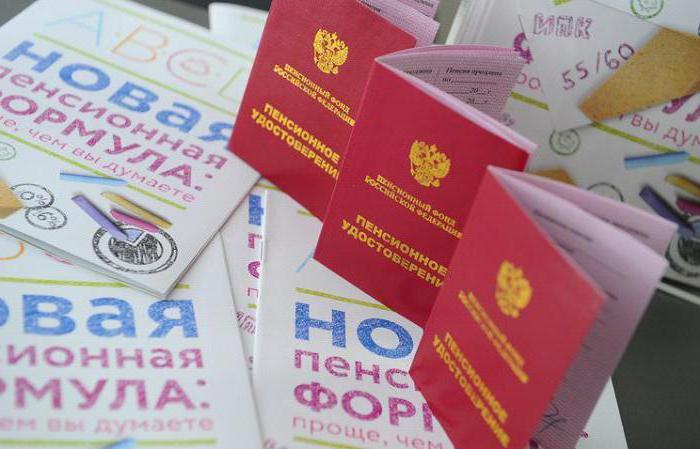
Opponents of rising retirement age point out that before transformations in this sphere it is necessary to ensure a high standard of living for Russians, but the changes outlined by the government are still taking place. IPC, as one of the stages of reform, is an option to stimulate the population. The state determines the significant size of the individual pension coefficient and strengthens the fixed payments.
Maximum individual retirement rate
The possibility of increasing the insurance part of the pension depends on the number of years of experience. Like every indicator, this value should exceed the minimum. The individual pension coefficient (IPC) maximum varies for each Russian.
At the initial stage of the program, which is currently ongoing, the maximum PKI for people for whom contributions are not paid barely reaches seven. For those whose employer pays contributions, the value is 4-6 units.
In subsequent years, the IPC will increase. For example, for persons for whom contributions are not paid, the minimum PKI will reach 10 by 2021, those who pay contributions can expect 6.25 units of PKI by the end of the same period.
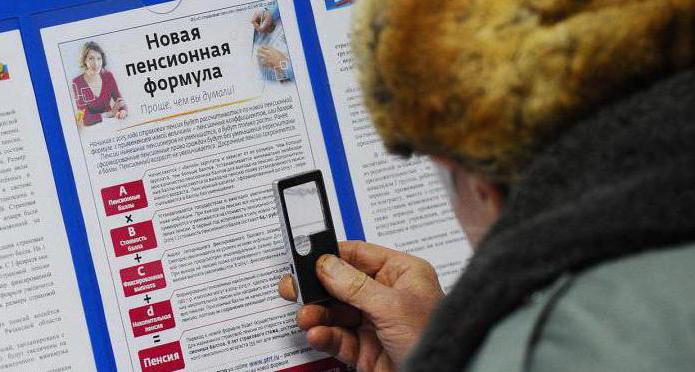
Required minimum retirement benefit points
A small amendment is added to the reforms in this area - a Russian who wants to receive a retirement benefit must first get the minimum possible amount of notorious points. How much can an individual pension coefficient (IPC) be maximum and minimum? So, every Russian who has an insufficient number of years of work experience is afraid that after retirement he may be without a monthly payment or an increase in certain funds to the allowance (funded share).
The amount of the personal pension coefficient is taken into account for the entire duration of the work activity and should reach at least 30 units for those who retire by 2025 and later.For those citizens who go on a well-deserved rest in 2015, only 6.6 units of IPC are enough, and in 2016 they already needed 9, in the current year 2017, a minimum of 11.4 is needed, in the next year, 2018, 13. 8, and in 2019 - 16.2. Three years later, in 2020, future pensioners will need 18.6, and in 2021, 21, two years before the supposed completion of the reform, in 2022, 23.4, in 2023, 25, 8, in 2024 - 28.2.
Calculation of the period of military service and the decree
However, not all so simple. After all, what is an individual retirement coefficient for a man and a woman? Of great importance for calculating the coefficient are the years in the army and the decree. The war year adds 1.8 IPC points. The decree period is increased taking into account the number of births, but the pension coefficient is limited to 5.4 units.
In order to achieve an increase in the IPC, to make a large amount of retirement benefits, a Russian citizen must have seven years of working experience and nine accumulated points.
For this year, it is supposed to determine the following level of indicators: the volume of labor activity - eight years of the IIC for the acquisition of the insurance part of the pension - 11.4, the upper level - 8.26 IIC points (if there is financial capital) and 5.16 (if there is a shortage).
Over the next 10 years, the state intends to increase the lower level of accumulation of points, as already indicated, to thirty.
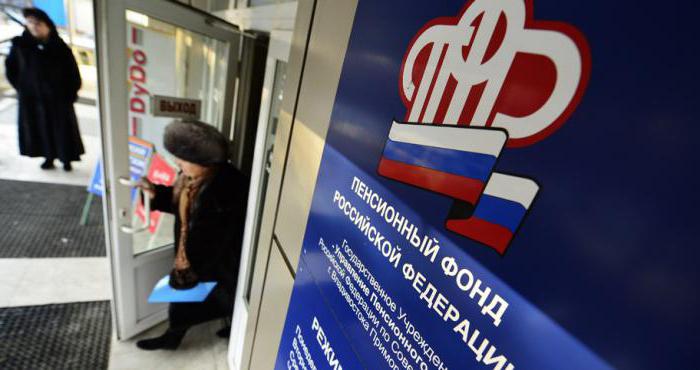
Finally
The concept of an individual pension coefficient (IPC) shows its serious impact on the insurance part of the pension benefit. The amount of insurance payments to a pensioner is defined as multiplying this coefficient by the value of the point this year. In this case, it is necessary to come to one more conclusion - the general level of the pension benefit is formed from the standard amount of insurance payment with the addition of funds taking into account the personal pension coefficient.